Juno Beach
Juno Beach is a beautiful beach section in Normandy between Courseulles-sur-Mer and La Rivière Ver-sur-Mer. It became famous for the Allied invasion at D-Day in WW2.
This section of beach had been assigned to the Canadian troops. It lay between the two sections of the British Sword and Gold.
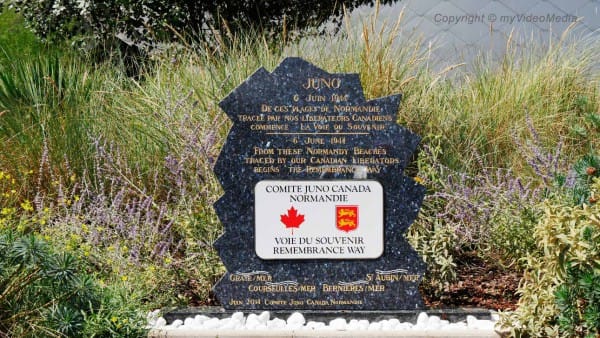
Juno Beach was is the second largest fastened section after Omaha Beach. As the amphibious tanks had difficulties to reach the beach through the high waves, half of the landed soldiers fell in the first hour.
Nevertheless, the Canadians were the only ones who achieved the goal the first day; they penetrated about 15 km into the hinterland to unite with the British at Gold Beach.
340 Canadian soldiers lost their lives on that day, 574 were wounded.
Please watch the 4k UltraHD video
You are currently viewing a placeholder content from YouTube. To access the actual content, click the button below. Please note that doing so will share data with third-party providers.
More InformationCourseulles-sur Mer
A memorial place for the soldiers involved was set up in Courseulles-sur Mer.
German bunkers and battery positions can still be seen next to some restored Canadian weapons.
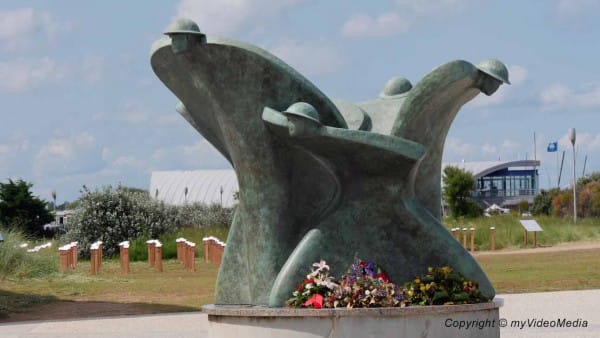
Plaques with the names of the fallen were placed around a small museum. Striking is the young age of the fallen.
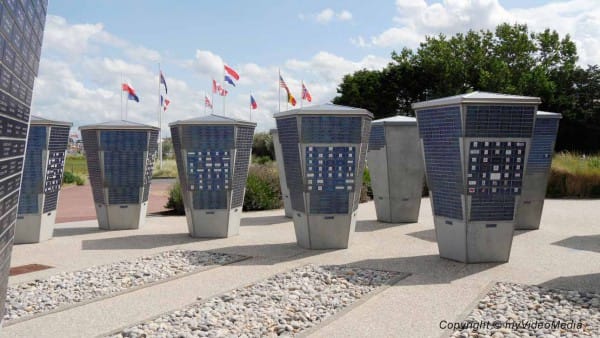
We were particularly impressed by a monument of the Inuit, the Inuksuk, a symbol of piled stones that shall remind of the memorable day.
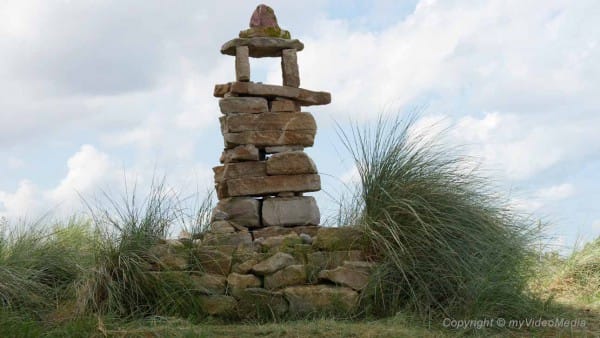
The beach
The beach of Courseulles-sur Mer is a long shallow sandy beach which invites you to take a bath.
It is wonderful that today, children can play carefree in such a place again.
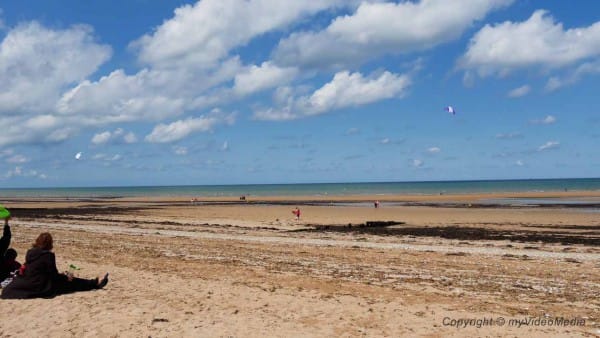
Please read on > The coast of Normandy
Text, photos and video: Copyright © myVideoMedia